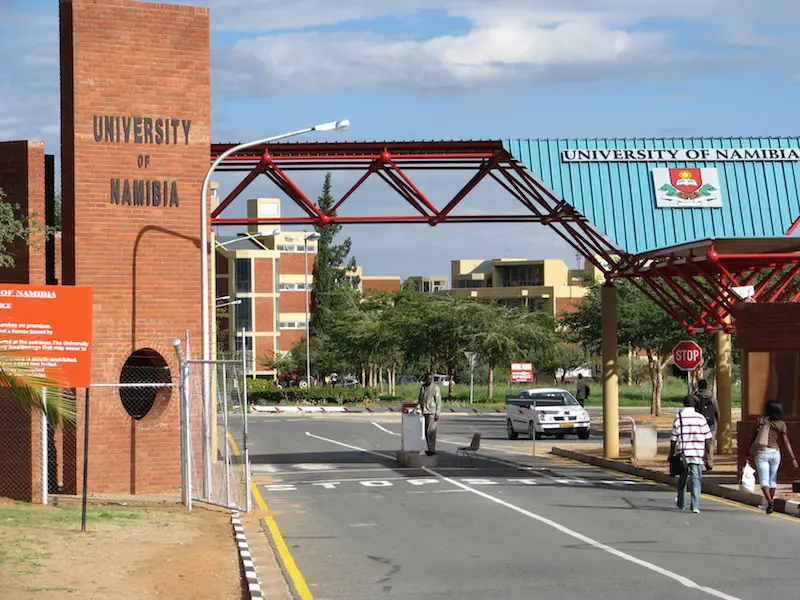Following the site handover, the University of Namibia Katima Mulilo campus will be expanded to make room for the development of a Wildlife Management and Ecotourism Campus in Zambezi. Professor Kenneth Matengu, University of Namibia’s vice-chancellor, noted during the site handover on Tuesday that the town of Katima Mulilo is considered the heart of the Kavango–Zambezi Transfrontier Conservation Area, making it an excellent location for a wildlife and tourism department. He went on to say that the German Development Bank (KfW) will fund the first phase of the construction with 10 million euros (about N$178 million), which will go toward state-of-the-art infrastructure, equipment, and capacity-building initiatives.
Also Read: Zambia’s Project Roan is complete and scheduled for commissioning
Ecotourism Campus in Zambezi to create jobs
The Ecotourism Campus in Zambezi project is intended to create jobs, not just during construction, but also in the long run. Matengu further noted that, in addition to the job prospects inside the University of Namibia, the project would have a good influence on the Zambezi region’s economy through worldwide marketing and recognition. According to Matengu, the new campus will serve as a part-time home for many ambitious students from Namibia, the Southern African Development Community (SADC), and the African continent who wish to study, research, and contribute to Southern Africa’s sustainable wildlife management and biodiversity conservation.
Zambezi Governor, Lawrence Sampofu, praised the University of Namibia’s management for deciding to build the campus in Zambezi in a speech read on his behalf. He stated his confidence that the Kavango–Zambezi Transfrontier Conservation Area will be accessible to scholars and students alike because of the wildlife campus’s unique location. Construction is planned to begin in the next two weeks and take 24 months to finish. The infrastructure will include dry and wet laboratories, lecture rooms, a contemporary library, academic and administrative offices, a cafeteria, and space for students’ well-being once finished.

